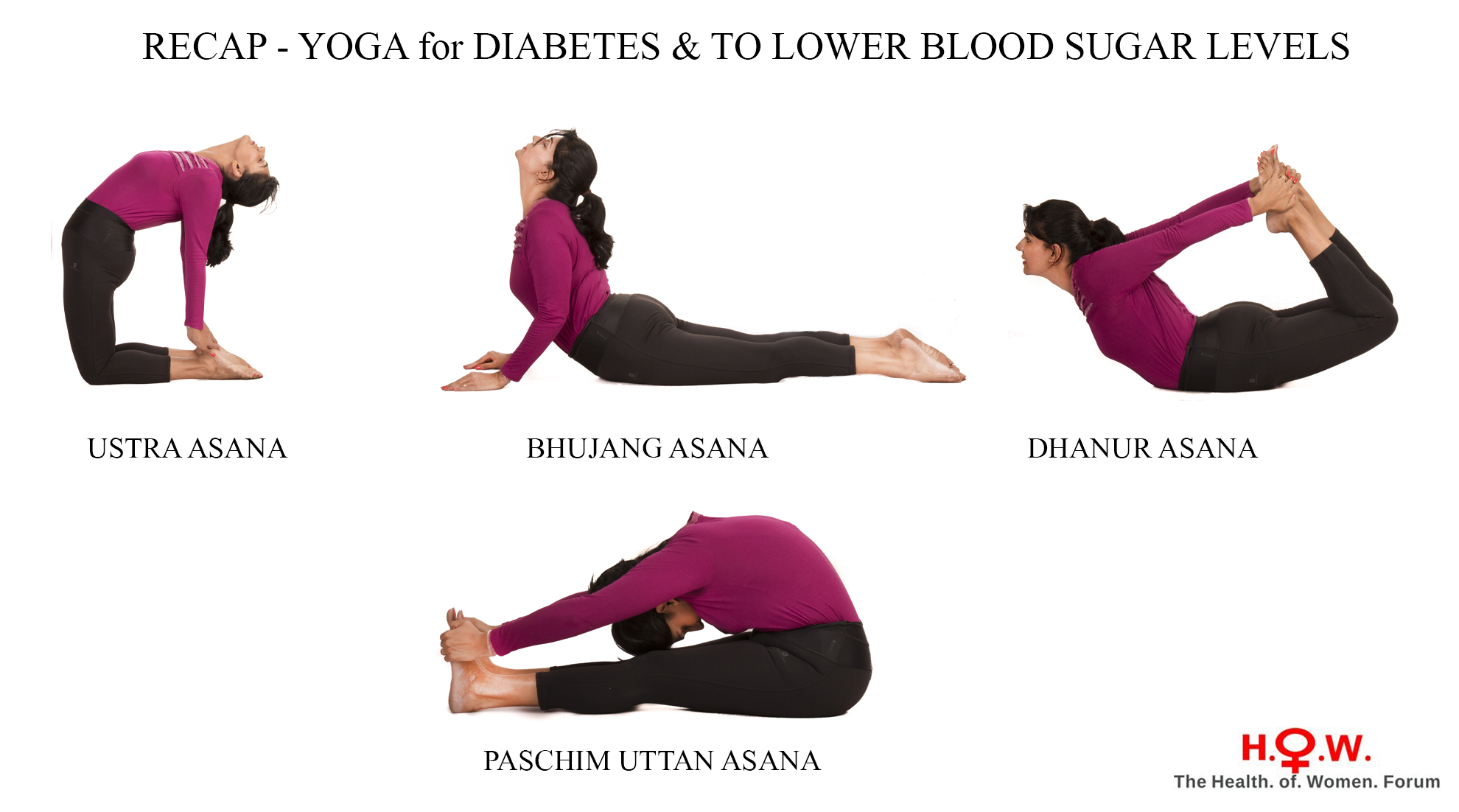
There are many benefits to yoga, and some people might be skeptical. Yoga can have many other benefits than just physical ones. They can help reduce stress and relax. It's a great way for people to get fit and to meditate. In this article, we'll look at some of the ways in which yoga can be beneficial for everyone.
Yoga is appropriate for everyone. Because it's a breathing exercise, it can be done by a wide range of people. Although it is challenging, it can also be very accessible. You don't have to be flexible to practice yoga. It is possible to modify postures with props, or even skip them. There are also several different kinds of yoga classes, including gentle, yin, restorative, and slow-flow classes.
As long as you can breathe and move freely, you can do yoga. You can still do yoga even if your mobility is limited. Yoga can be modified to make it more accessible to people with disabilities. Accessible yoga doesn't require you to be competitive. Anyone can participate. There is no competition in yoga, and it doesn't matter if you're tall or skinny, as long as you have the flexibility to follow the postures.

Yoga is accessible for all people. There are modifications that you can use to make yoga more accessible if you have a medical condition or an injury. You can also find modifications that can help you practice safely and without causing too much pain. The best thing about yoga is that it is a holistic exercise program that can help anyone with injuries. Yoga is possible even if you are unable to bend or lift your legs.
The flexibility required for yoga is a fundamental requirement for anyone who wants to take it up. Even though yoga isn’t a competitive sport many people find that it is incredibly beneficial to their physical well-being. Yoga can be beneficial to anyone, regardless of their level of fitness. By using breath and movement, you can make yoga more accessible to all. It's also great for people with limited mobility.
Another benefit of yoga? It reduces inflammation. Chronic inflammation is a major risk factor for heart disease, cancer, as well as many forms of suicide. Regular yoga practice can reduce your risk of developing these diseases. It can reduce stress and help you live a more balanced, healthy life. Yoga can help you gain a greater understanding of your body, and yourself. You will feel more relaxed, and less stressed.
Yoga is a sport but not a competition sport. Anybody can practice yoga, and everyone can benefit from it. The best thing about yoga is that it is non-competitive and can be adapted to any body type. You don't need a professional athlete to practice yoga. It's appropriate for all levels of fitness. It's easy and low-impact so anyone can do it.

Yoga is not limited to women. It's also beneficial for men. Because it uses body weight and stretches, anyone can do it. Yoga has many physical and mental benefits. Nonetheless, the more flexibility you have, the more benefits you can reap. And since yoga is an all-encompassing discipline, it's possible to improve your life no matter what your current skill level. This is where yoga can benefit you.
Yoga has many benefits, including improved cardiovascular health, an active immune system and a feeling of well-being. Yoga can also help you to combat the stress and anxiety caused by modern corporate industries. Even though yoga is an accessible practice, it doesn't require you to be a celebrity to do it. You can improve your overall well-being and health by including yoga in your daily life.
FAQ
Do I need to exercise every day?
No! At least 30 minutes moderate-intensity exercise five days per week is a good goal. It means you need to exercise hard enough or walk fast enough that you are slightly out-of- breath.
How often should you exercise per week?
It depends on how much time you have available and what type of exercise you prefer. You should do moderate-intensity aerobic exercise three to five days per week. Don't go overboard. For maximum results, consistent exercise is key to getting the most out of your workouts.
Which exercises are best for me?
It really depends on the type of fitness goal you have. Some people are more focused on endurance activities such as running, cycling and swimming. Some people enjoy lifting weights and using resistance bands. There are many types of exercise programs today. Choose an option that suits your lifestyle.
How quickly can I transform the body of my child?
You must change your mindset. First, you must decide to make a change.
Once you have decided you want to make changes, you will need to commit to your fitness goals at least for 3 months.
Then you need to find a program that fits into your lifestyle.
You also need to set realistic expectations. If you are unwilling to put in the time and effort necessary to achieve your goal, don't waste your money on a gym membership.
Instead, take advantage of your free time to exercise outside.
Walking around the block for an hour per day will help you lose 1 lb in a week.
Once you have a plan, you can start to organize your life according to this plan.
It is important to set aside time every day for exercise before going to work. You can also take breaks throughout each day to get up and move.
It is important to reward yourself when you reach milestones. This could include buying clothes or accessories that reflect your success.
How many calories should I consume daily?
The exact amount varies depending on the person. On average, you need 2000 to 2500 calories per days. Based on your age, gender, height and activity level, you will need to calculate how many calories you require.
Does weightlifting burn more fat than other forms of exercise?
Weight lifting does burn fat faster, but only if you combine it with cardio workouts.
Cardio workouts are a great way to increase the weightlifting benefits.
When done correctly, weightlifting increases your heart rate and oxygen consumption which helps you lose weight.
It is important to combine cardio with it, as you will not see significant changes in your body's composition.
What is the best workout order?
It all depends on your goals. To build muscle mass, you should first lift heavy weights. Next, you can move onto cardio. If you are looking to lose weight, then move on to strength training.
If you just want to burn fat, start by doing cardio. Add strength training to your workouts.
Do cardio first if you are looking to increase muscle mass. It stimulates growth hormones that help build muscle mass.
Eat before you go to the gym. This will fuel you muscles better, which will make it work harder. You will feel happier during your workout.
Are Cardio exercises good or bad for your health?
Cardiovascular exercise is a great way to improve your cardiovascular health. It improves blood circulation, strengthens your heart muscle, increases stamina, helps you lose weight, and gives you energy.
Cardiovascular exercise includes running, biking, hiking, swimming, tennis, basketball, soccer, volleyball, football, etc.
Cardio exercises should be avoided at high intensity levels. This could cause injury.
Cardiovascular exercise should be done only if you feel well.
Do not push yourself to the limit. If you do, you might injure your self.
Begin by warming up before engaging in cardio exercise. Next, increase your intensity gradually.
Remember, you should always listen to your body. If you feel pain when doing cardiovascular exercise, you should immediately stop.
It is also advisable to rest after a cardiovascular workout. This gives your muscles the chance to heal.
Cardiovascular exercise can help you lose weight.
It is the best method to lose calories and reduce belly weight.
Statistics
- Are You One of the 20% of Guys (mh.co.za)
- Candidates and applicants must pass all four tests at 70% (minimum level) to graduate from Basic Deputy U.S. Marshal (BDUSM) Training. (usmarshals.gov)
- According to the American Heart Association, blood pressure should be checked at least once every two years, beginning at age 20. (my.clevelandclinic.org)
- 10 pounds in a month is likely during a lean bulking phase, especially for beginners. (muscleandstrength.com)
- By John Thompson Take a whopping 38% off a set of PowerBlock Pros. (menshealth.com)
External Links
How To
How do I lose weight while working out?
Exercise burns calories by increasing metabolism and oxygen consumption.
You'll lose weight safely if you exercise at moderate intensity.
These tips will help you burn fat and keep fit while exercising.
-
Do cardio exercises such as walking, swimming, jogging, cycling, running, or elliptical training.
-
Do 30 minutes of exercise three times a week.
-
You can lose weight by adding strength training to the routine.
-
Avoid intense exercise. You can build muscle and not break down muscle tissue.
-
Hydrate well during exercise. Water helps to flush out toxins from the body and maintains proper hydration.
-
Choose low-fat protein shakes after working out. Protein shakes repair muscles and increase energy.
-
You can eat smaller meals throughout the day so that you don't feel hungry in between meals.
-
Don't skip breakfast! Skipping breakfast can leave you feeling tired and sluggish.
-
Mental health is important. Stressful situations can slow your metabolism.
-
Keep a positive attitude. Studies show that overweight people are more likely to be obese than those who perceive themselves as attractive.
-
Sleep enough. Insufficient sleep can make it more difficult to lose weight.
-
Be active. Be sure to get up and move around every hour or two.
-
Maintain a healthy diet. Eating right keeps you feeling full and satisfied longer.
-
Find ways to relax. An anxious mind won't allow your body release stress hormones, which can lead to the destruction of muscle tissue.
A balanced diet contains all necessary nutrients for growth and development.
Instead of eating three large meals a day, eat six smaller meals every day. This allows your body time to digest what you've eaten.
For strong bones, we need 500 mgs of calcium daily. Calcium can be found in dairy products such as yogurt, fortified soybean beverages, orange juice, cereals, bread, and cereals.
Calcium can be found in leafy green veggies, beans, tofu and nuts as well as seeds, nuts and cheese.
Vitamin D is required by the body to absorb calcium. Vitamin D can also be found in some fortified foods such as eggs, fish, and yolk.
Vitamin E is crucial for skin health. It can be found as a vegetable oil, wheat germ, peanuts or almonds.
Your body requires zinc for normal immune function and wound healing. Zinc can also be found in legumes, oysters, meats and whole grains.
Zinc deficiencies can lead to fatigue, decreased appetite, depression, and reduced immunity.
Too much sugar leads to insulin resistance. This results in higher blood glucose levels. Insulin resistance causes weight gain.
When there is a high level of free radicals, insulin resistance can develop. Free radicals can be molecules with unpaired electrons that cause damage to cell membranes.
The main sources of free radicals are food additives.
Free radical damage can lead cancer, heart disease or diabetes, arthritis, asthma, or other forms of aging.
The best way to avoid free radicals is to eat a balanced diet high in antioxidants. Antioxidants protect against oxidative damage.
Antioxidant vitamins include Vitamin C (found in citrus fruits), beta carotene (found in carrots, sweet potatoes, spinach, broccoli, cantaloupe, apricots, squash, mangoes, peaches, peppers, tomatoes, cabbage, cauliflower, kale, Brussels sprouts, collard greens, watermelon, and strawberries), and Vitamin E (found in nuts, olive oil, avocados, and eggs).
Selenium, copper as well as manganese and zinc are some other antioxidant nutrients.
Selenium protects cells from free radical damage. Selenium can be found in Brazil nuts and liver, kidneys, liver, kidneys, shrimp, cod, turkey and lamb as well as chicken.
Copper protects the brain, eyes, lungs, and red blood cells. Copper can be found in meat, shellfish, meat, and organ meats.
Manganese is essential for bone structure. Manganese may be found in brown rice or spinach, bananas and prunes as well raisins, oatmeal and lentils.
Zinc helps with normal growth, reproduction, as well as wound healing. Zn is present in lean cuts of meat and white fish, as well as eggs.